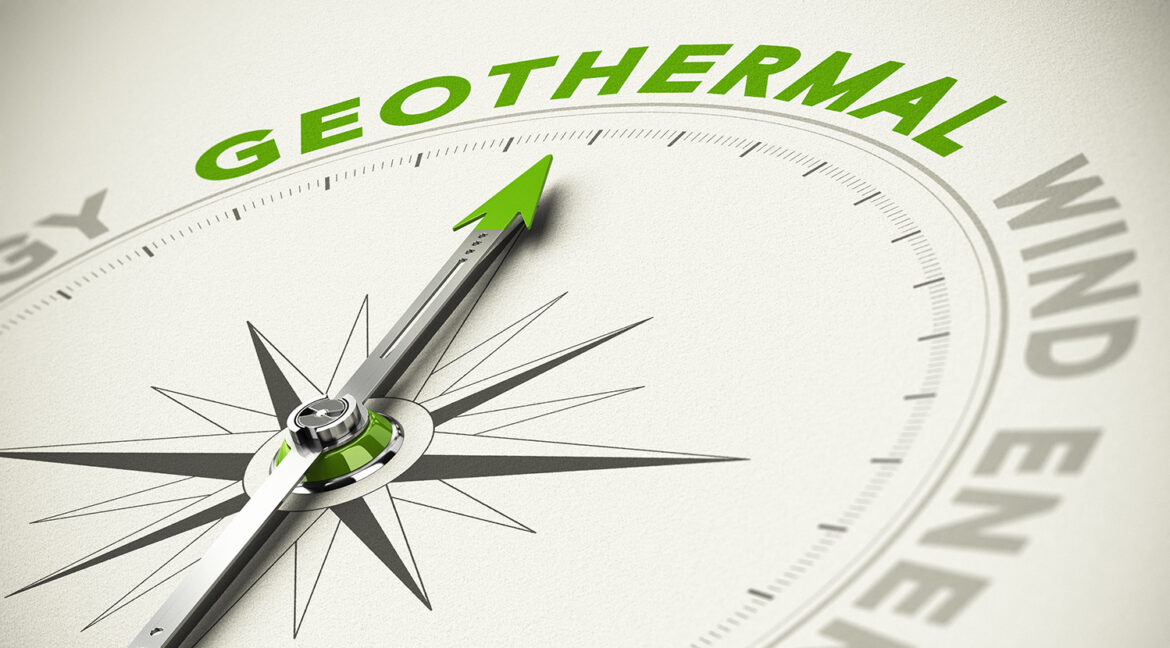Geothermal district heating is one of the most effective tools for cutting urban heating emissions at scale. Its CO₂ savings are not just theoretical – they are proven, measurable, and growing year by year in cities from Paris to Tianjin.
A low/no-carbon heat source by design
One of the strongest arguments for investing in geothermal district heating is its ability to deliver large and measurable CO₂ savings. Once a geothermal plant is built, its operation requires a relatively small input of external energy, and emissions during operations are primarily limited to the electricity used for pumps and, in some cases, large-scale heat pumps.
When powered by renewable electricity, geothermal heating systems can have near-zero operational emissions, making them a critical tool in the decarbonisation of urban energy systems.
________________________________________
How emissions savings are calculated
To estimate CO₂ savings, we compare geothermal heat production with the emissions of the heat source it replaces – often natural gas, oil, or coal.
For example:
- Natural gas boilers emit roughly 200–250 g CO₂/kWh of heat delivered.
- Coal-fired boilers can emit 300–400 g CO₂/kWh.
- Geothermal district heating, when powered with renewable electricity, can emit under 10 g CO₂/kWh.
The difference between these figures multiplied by annual heat production gives the annual CO₂ savings.
________________________________________
Typical CO₂ savings per plant size
While savings vary depending on local conditions and the displaced fuel, typical values are estimated to be:
- 5 MW geothermal plant – saves around 5,000–7,500 tonnes of CO₂ per year (vs. natural gas).
- 10 MW geothermal plant – saves around 10,000–15,000 tonnes of CO₂ per year.
- 50 MW geothermal plant – saves 50,000–75,000 tonnes of CO₂ per year.
These numbers are even higher in regions where coal is the primary alternative.
________________________________________
Global examples of CO₂ savings
- Paris Basin, France – With more than 40 geothermal plants replacing fossil fuels in urban heating, the network collectively avoids hundreds of thousands of tonnes of CO₂ each year.
- Munich, Germany – The city’s plan to meet a large share of the district heating demand with geothermal by 2040 is expected to cut over 500,000 tonnes of CO₂ annually.
- Xiong’an, China – By replacing coal boilers with geothermal and heat pumps, the city has dramatically reduced both CO₂ and particulate air pollution.
________________________________________
Beyond carbon – other environmental gains
While CO₂ reduction is the headline benefit, geothermal district heating also:
- Reduces NOx and SOx emissions, improving air quality.
- Eliminates local particulate pollution from solid fuel combustion.
- Requires minimal land use compared to other renewables, preserving biodiversity and making integration in densely populated areas possible.
________________________________________
Why CO₂ savings matter for policy and finance
Cities and utilities under pressure to meet climate neutrality targets often find geothermal heat attractive because:
- The savings are predictable and measurable.
- They can be reported directly in emissions inventories.
- They help secure green financing, as many banks and investors now prioritise low-carbon infrastructure.
________________________________________
